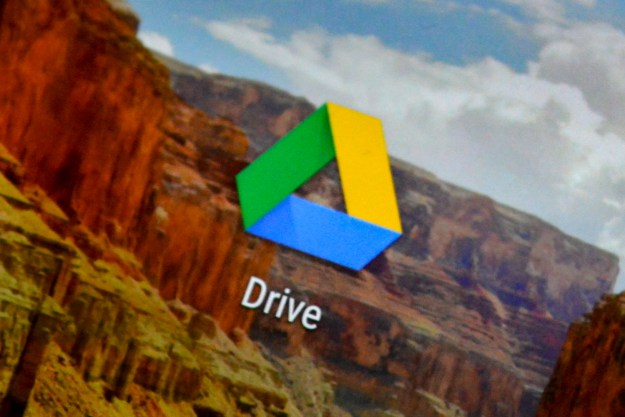
Shortly after Google announced its forthcoming Chrome operating system, Google CEO Eric Schmidt stepped down from his seat on Apple‘s Board of Directors. The main reason? Growing competition between the two companies, first on the mobile phone front (iPhones versus Android) and then in computer operating systems (Mac OS X versus Chrome). However, one other person also occupied seats on both Apple’s and Google’s boards: Dr. Arthur Levinson, former CEO of Genentech. And today Google announced Levinson is stepping down from his post on Google’s board, no doubt owing to the same growing competition between Apple and Google. However, so far anyway, Levinson is keeping his seat on the Apple board.
“Art has been a key part of Google’s success these past five years, offering unvarnished advice and vital counsel on every big issue and opportunity Google has faced,” said Google CEO Eric Schmidt, in a statement. “Though he leaves as a member of our Board, Art will always have a special place at Google.”
Levinson joined Google’s board of directors in 2004. Earlier this month, Schmidt urged Levinson to stay on Google’s board despite scrutiny from the U.S. Federal Trade Commission. Antitrust regulations prevent overlapping board members based on the amount of overlap in their respective revenue streams; Schmidt felt the overlap between Google’s and Apple’s businesses were well below the regulatory threshold.
Editors' Recommendations
- How to change margins in Google Docs
- How to draw on Google Docs to add doodles, sketches, and more
- 5 web browsers you should use instead of Google Chrome or Edge
- How to delete Google Chrome on Windows and Mac
- Google Drive vs. Dropbox: which is best in 2024?


